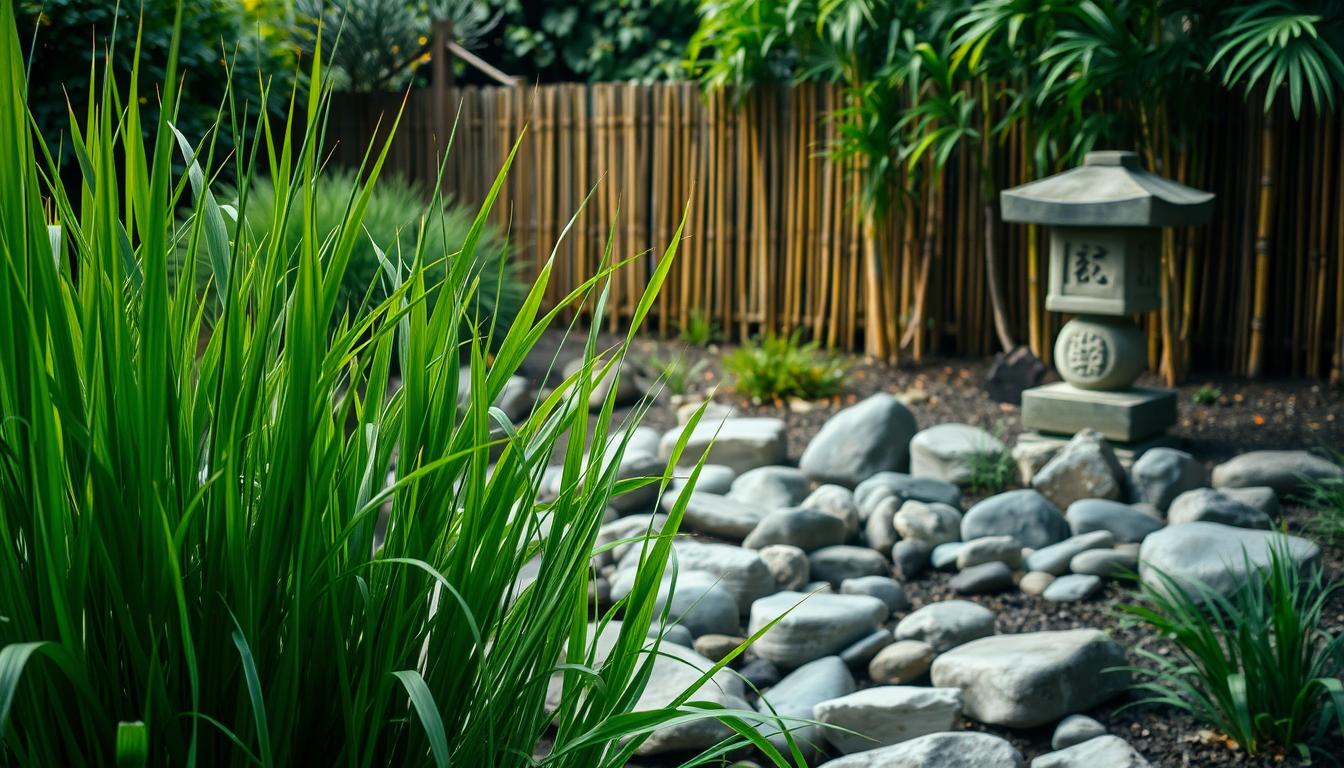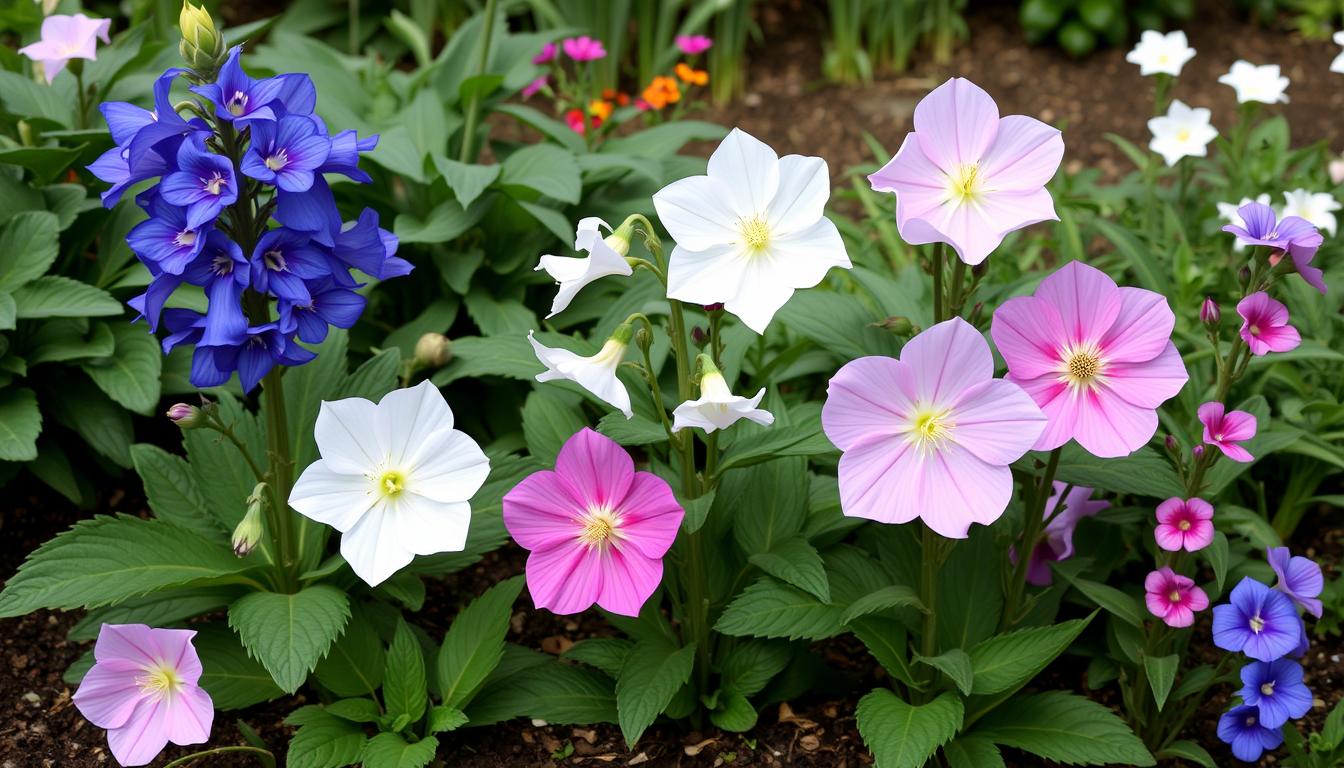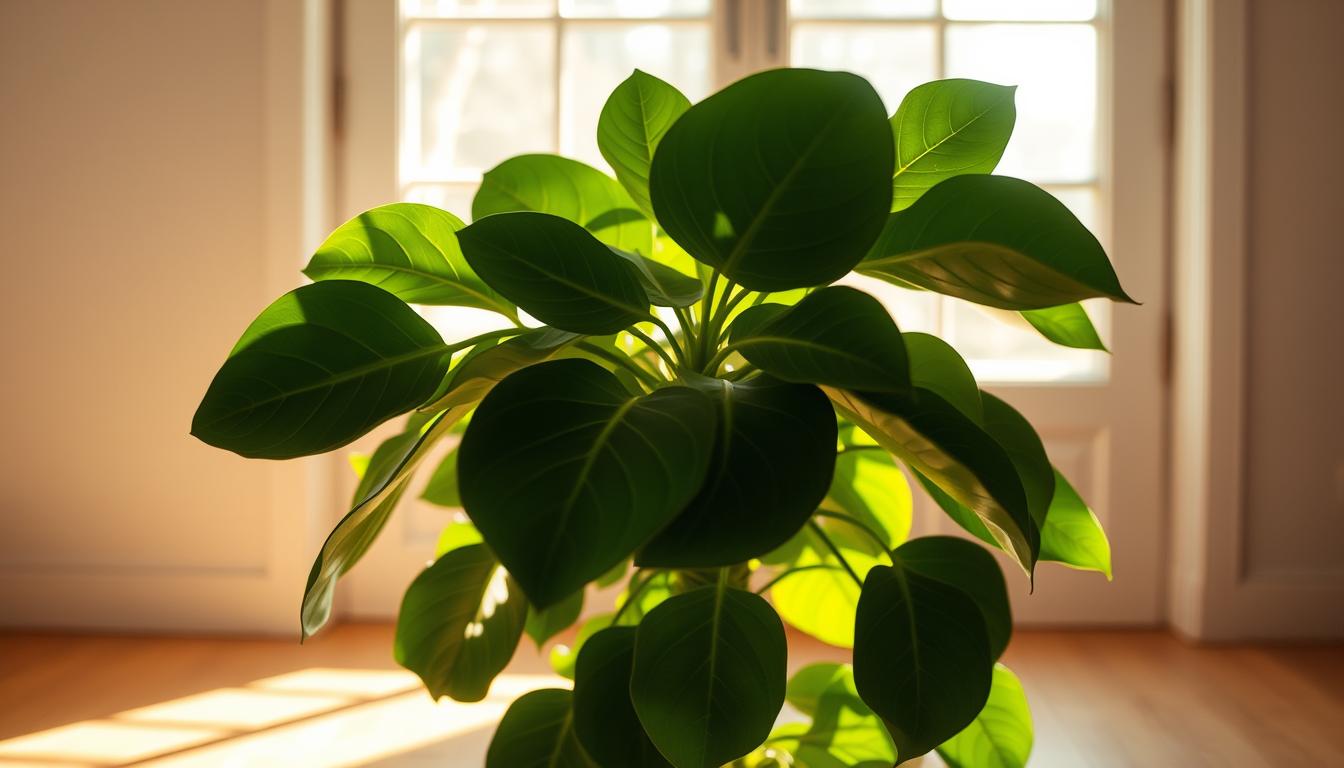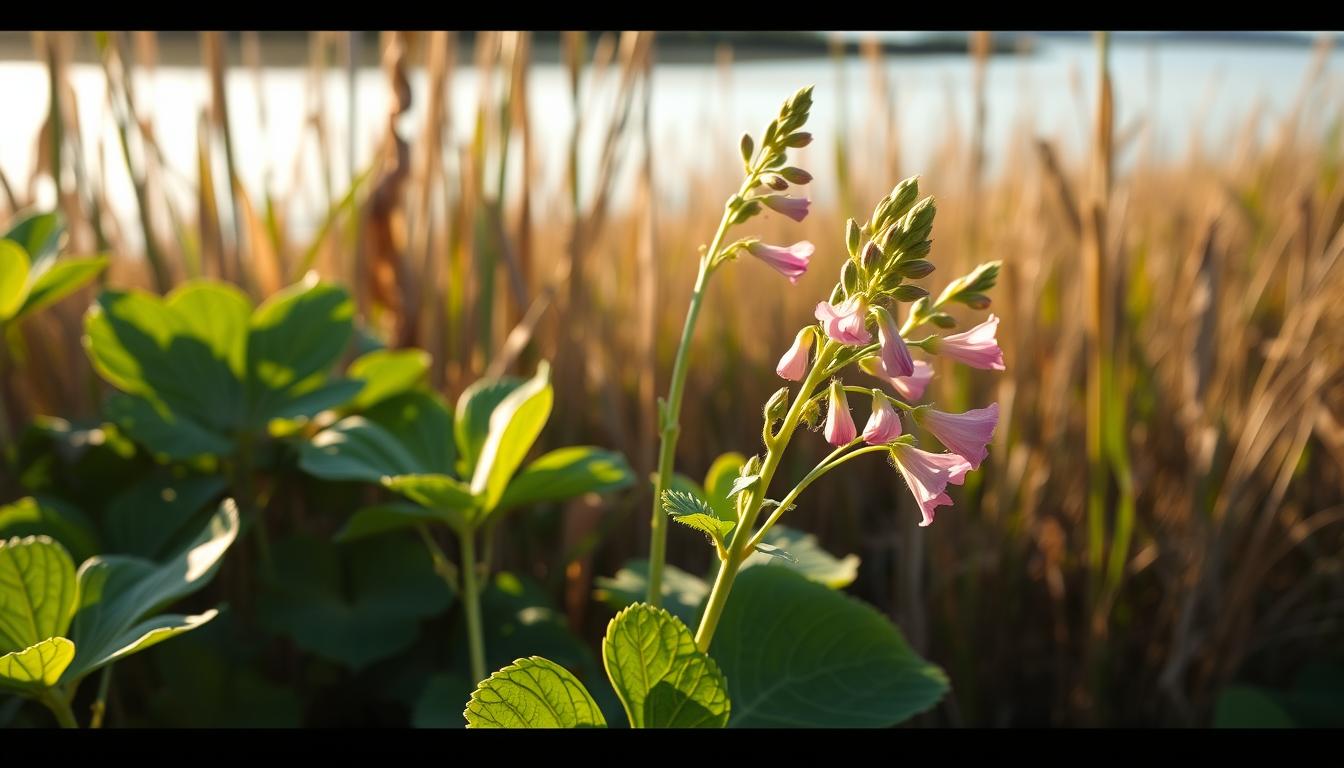How to Grow and Care for Japanese Sedge
“In nature, nothing is perfect and everything is perfect.” – Rachel Carson’s words capture why gardeners adore plants like Japanese sedge. This versatile perennial brings effortless elegance to modern landscapes while challenging traditional lawn maintenance norms.
With over 2,000 species in the Carex genus, these grass-like plants thrive in damp environments. Their triangular stems set them apart from true grasses. This unique feature makes identification simple for proper cultivation.
Why choose this ornamental specimen? It delivers year-round texture with minimal effort. Unlike thirsty turf lawns, sedges adapt to containers, shaded areas, or water-friendly garden zones. Their arching foliage creates movement in design schemes while suppressing weeds naturally.
Successful cultivation starts with understanding its origins. Native to wetlands and stream banks, this plant prefers consistent moisture. Yet many varieties tolerate drought once established. Pair this resilience with pest-resistant qualities, and you’ve got a landscape workhorse.
Whether used as ground cover or accent planting, Japanese sedge elevates outdoor spaces. This guide reveals how to harness its full potential through strategic placement and simple maintenance routines.
Understanding Japanese Sedge: Background and Benefits
This ornamental plant surprises with unique structural features. Unlike common lawn grasses, its solid triangular stems reveal its true botanical family – a trait you can feel by rolling the stem between your fingers.
Architectural Beauty Meets Practical Design
Leaf variations transform garden spaces. Thin, ribbon-like blades create airy movement, while broader types offer bold texture. Color options span from vibrant gold to cool blue-green, adapting to any design scheme.
Growth patterns serve different purposes. Clumping varieties form neat mounds for borders. Spreading types fill empty spaces efficiently. This flexibility makes these plants ideal for slopes, rain gardens, or between stepping stones.
Ecosystem Advantages Beyond Aesthetics
Wildlife thrives where Japanese sedge grows. Seed heads feed songbirds through fall and winter. Pollinators visit spring blooms, supporting local biodiversity. The deer-resistant nature protects your investment in challenging environments.
Safety meets style in family-friendly yards. Non-toxic leaves allow worry-free planting near play areas. While not meant for consumption, accidental nibbling causes minimal issues compared to many ornamental plants.
Seasonal interest lasts year-round. Evergreen varieties maintain color in mild winters. Deciduous types offer autumn bronze hues before dormancy. This reliability reduces the need for frequent replacements common with other landscape grasses.
Grow and Care for Japanese Sedge: A Beginner’s Guide

Selecting the right cultivar transforms garden spaces with dynamic textures and hues. The Carex genus boasts varieties suited for every landscape challenge—from shaded corners to sunny slopes. Matching growth habits and color profiles to your climate ensures thriving specimens.
Spotlight on Standout Cultivars
‘Evergold’ (Carex hachijoensis) dazzles with ribbon-like leaves featuring cream centers and forest-green edges. Reaching 8–18 inches in height, this award-winner thrives in zones 5–10. Its compact 16-inch spread makes perfect container decor.
For bold statements, ‘Bowles Golden’ (Carex elata) erupts in sunshine-yellow blades. Towering 2–3 feet tall, this semi-evergreen variety pairs brilliantly with shade-loving perennials. Best suited for zones 5–8, it brings warmth to dim areas.
‘Ice Dance’ (Carex morrowii) offers elegant variegation with white-edged leaves. At 9–12 inches tall, its 24-inch spread creates lush ground cover in zones 5–9. The contrasting margins brighten woodland paths effortlessly.
Unusual copper-toned Leather Leaf Sedge (Carex buchananii) thrives in full sun—a rarity among its peers. Reaching 24 inches in height, this zones 7–10 specimen adds fiery texture to rock gardens. Its wind-resistant blades dance gracefully in breezes.
Selecting Optimal Soil, Containers, and Nutrients

Healthy growth begins below the surface. Proper soil type and container choices create ideal conditions for root systems to flourish. This foundation determines water efficiency and nutrient availability throughout all growth stages.
Choosing the Right Potting Soil for Moisture and Drainage
Balance defines successful soil mixes. Aim for pH levels between 5.5 and 7.5 using testing kits from garden centers. Ideal blends contain:
- 40% high-quality potting soil
- 30% moisture-retaining organic matter (coco coir or sphagnum moss)
- 30% drainage aids like perlite
Container soils must drain faster than garden beds. Compacted earth suffocates roots, while overly sandy mixes dry too quickly. Refresh organic matter annually to maintain structure.
When and How to Repot for Consistent Nutrient Supply
Repotting prevents nutrient depletion in confined spaces. Signs include roots circling container interiors or poking through drainage holes. Follow this simple process:
- Water thoroughly 24 hours before transplanting
- Gently loosen root balls without breaking them
- Use fresh potting mix in a container 2 inches wider
Most plants benefit from annual repotting. Spring offers ideal conditions for recovery. Time transfers with growth spurts to minimize stress.
Watering and Light Requirements for Healthy Growth

Proper hydration and sunlight form the foundation of thriving ornamental grasses. Japanese sedge’s needs vary dramatically between varieties, requiring tailored approaches to prevent common cultivation mistakes. Balance moisture retention with adequate drainage to maintain vibrant foliage year-round.
Mastering Moisture Levels
Container specimens typically need 0.5 cups of water every 9 days in indirect light. Use this baseline formula for 5-inch pots:
| Container Size | Water Amount | Frequency |
|---|---|---|
| 5-inch | 0.5 cups | 9 days |
| 8-inch | 1 cup | 7 days |
| 12-inch | 2 cups | 5 days |
Check soil moisture before watering—insert a finger up to the second knuckle. Damp soil means wait; dry earth requires immediate hydration. Drought-tolerant types survive occasional neglect, while moisture-loving varieties demand consistent dampness.
Strategic Light Positioning
South-facing windows provide ideal indoor conditions when plants sit within 12 inches of glass. Outdoor placement depends on cultivar preferences:
- Shade varieties: Morning sun only
- Sun-tolerant types: 6+ hours direct light
- Variegated cultivars: Bright indirect light
Rotate potted specimens weekly for even growth. Watch for leaf scorching—brown tips signal excessive sun exposure. Move affected plants to shaded areas immediately.
Planting Techniques, Spacing, and Garden Placement

Strategic installation maximizes visual impact while supporting healthy development. Timing and spatial awareness prove critical when working with ornamental grasses that form natural carpets or architectural accents.
Proper Planting Methods and Spacing Guidelines
Begin during spring thaw or early fall when soil temperatures stabilize. These seasons allow roots to establish before summer heat or winter frost. Follow this spacing chart for different varieties:
| Mature Width | Spacing | Use Case |
|---|---|---|
| 12 inches | 1 foot | Edging |
| 18 inches | 2 feet | Ground cover |
| 24+ inches | 3 feet | Specimen plants |
Dig holes matching root ball depth but twice as wide. Mix excavated ground soil with compost for improved drainage. Center plants carefully—crowns should sit level with surrounding terrain.
Outdoor Versus Indoor Placement Considerations
Most varieties thrive outdoors in zones 5a-9b. Northern areas benefit from south-facing walls that radiate winter warmth. In colder regions, use containers that can be moved indoors temporarily.
Indoor cultivation demands bright, indirect light near east-facing windows. Rotate pots weekly to prevent uneven growth. Outdoor plantings in garden beds require minimal intervention once established, naturally suppressing weeds through dense foliage.
For mass plantings, arrange in staggered rows. This pattern creates seamless ground cover while allowing air circulation. Avoid overcrowding—proper spacing prevents fungal issues and maintains sculptural forms.
Maintenance, Pruning, and Troubleshooting Common Issues

Keeping ornamental grasses vibrant requires understanding their seasonal rhythms. While low-maintenance overall, timely interventions prevent minor issues from escalating. This section explores practical solutions for preserving plant health and visual appeal.
Addressing Yellow Leaves, Root Rot, and Moisture Imbalances
Discolored leaves often signal water-related stress. Overwatering causes root suffocation, while drought leads to crispy tips. Check soil moisture before acting—soggy earth requires improved drainage, while dry beds need deeper hydration.
Nutrient deficiencies mimic watering issues. Apply balanced fertilizer in early spring if plants show pale leaves with green veins. Always water thoroughly after feeding to prevent root burn.
Effective Pruning and Routine Maintenance Tips
Most varieties need minimal trimming. Remove brown leaves in late winter before new growth emerges. Use clean shears to cut back up to two-thirds of foliage—this stimulates fresh blades without harming crowns.
In colder zones, clear dead material from the ground in early spring. This prevents mold and lets sunlight reach emerging shoots. Evergreen types benefit from light combing to remove debris.
Recognizing and Managing Pests and Diseases
Healthy specimens rarely attract bugs. Aphids and spider mites appear during dry spells—blast them with water or apply insecticidal soap. Slugs avoid well-drained areas but target waterlogged plants.
Fungal issues like leaf spot thrive in humidity. Improve air circulation and avoid overhead watering. Remove affected leaves promptly to prevent spread. Deer typically ignore these grasses, making them ideal for rural gardens.
Creative Landscaping Ideas Using Japanese Sedge
Transform outdoor spaces with this ornamental grass’s versatile appeal. Its flowing foliage adds depth to modern designs while solving practical challenges. From shady corners to water features, discover innovative ways to maximize visual impact.
Versatile Applications for Every Garden Style
Edge walkways with low-growing varieties to create defined border lines. Their arching blades soften hardscapes like stone paths or deck edges. In containers, combine contrasting leaf colors for dynamic patio displays.
Replace thirsty lawns with drought-tolerant cultivars. Mass plantings form lush ground cover that chokes out weeds naturally. Steep slopes benefit from erosion control through dense root systems—ideal for rain-soaked regions.
Harmonious Plant Partnerships
Pair with shade-loving perennials like hostas or astilbes for layered texture. Silver-toned companions like lamb’s ear highlight sedge’s blue-green foliage. In sunny areas, blend with black-eyed Susans for summer color contrasts.
Water features gain natural charm when surrounded by moisture-loving varieties. Their reflective leaves mirror pond surfaces, while grasses like miscanthus add vertical interest. This synergy creates low-maintenance ecosystems that thrive season after season.



